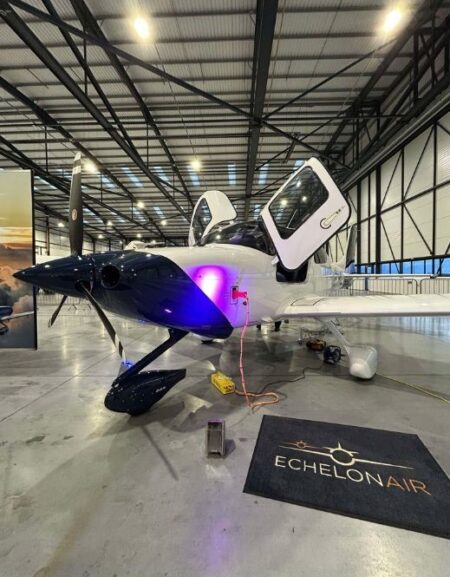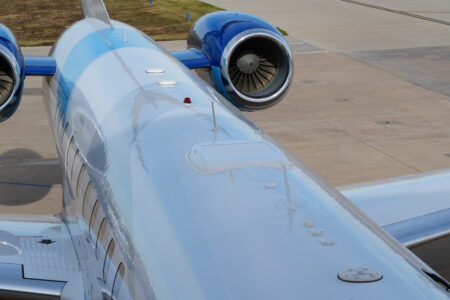Pilots have warned that 2017 could see even more close calls involving drones and aircraft, with a higher risk of a collision due to increased numbers of both operating in the air. The British Airline Pilots’ Association (BALPA) recorded 69 incidents of drones nearly hitting aircraft in 2016, up from 29 in 2015 – in 2013, the number was zero.
BALPA is aware the drones are increasingly popular, and were a sought-after gift over Christmas. It stresses the importance of new owners and hobbyists following current rules and guidelines to fly their drones safely. Current information from the Civil Aviation Authority can be found here.
Steve Landells, BALPA Flight Safety Specialist, said, “Drones can be great fun and we’re not surprised at their popularity over Christmas as people received them as presents. However, after a significant increase in near-misses last year, it seems not everyone who is flying them either knows or cares about the rules that are in place for good reason. That’s why we’re urging anyone who has a drone to take a look at the Civil Aviation Authority’s ‘drone code’ and be proactive in educating themselves on the rules.
“While we take no issue with people who fly their drones in a safe and sensible manner, some people who fly them near airports or densely populated areas are behaving dangerously. Measures should be put in place that will allow the police to identify and locate anyone who flies a drone in an irresponsible way.
“Owing to the huge numbers of drones being sold, more technological solutions will undoubtedly be required to address this problem and should be mandated. These should include, among other things, geofencing as standard and a system whereby the drone transmits enough data for the police to locate the operator when it is flown in a dangerous manner. If the user has endangered an aircraft, we would like to see the culprit prosecuted; endangering an aircraft has a maximum sentence of five years in prison.”




